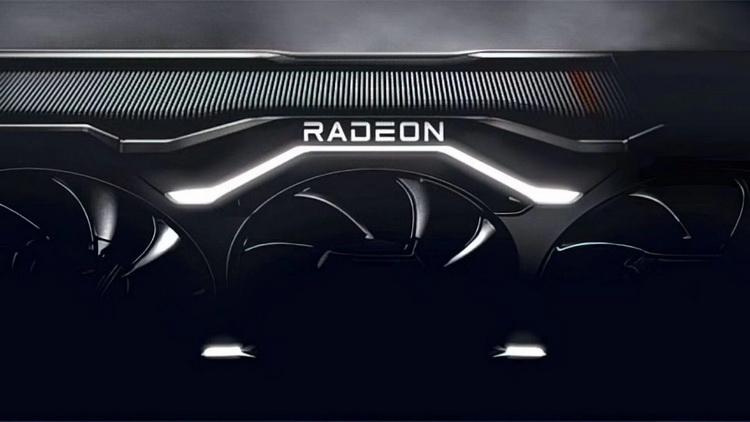
We've already drawn readers' attention to the fact that AMD never released the traditional major update to its graphics drivers last year, so all the builds released this year still belong to the Adrenalin 2020 Edition series. There seems to be a good reason for that.
AMD has been working on the software side of its ecosystem since the release of its RDNA family of graphics cards, with the Radeon Software Adrenaline 2020 Edition being one of the biggest updates in recent years. The company introduced 20 redesigned or new features including Radeon Boost, Radeon Chill, Enhanced Sync, Anti-Lag and Integer Scaling.
AMD is apparently working on the next major update to Radeon Software and is reportedly set to launch in the spring. One of the major innovations will be an alternative to DLSS known as FidelityFX Super Resolution. The technology will be open source and will rely on the DirectML API to scale the image with minimal loss of quality. Unlike NVIDIA's implementation, it is a software method that only requires compatibility with Microsoft DirectML.
While FidelityFX Super Resolution should work on any accelerator, including NVIDIA RTX graphics cards, maximum performance will be seen on the Radeon RX 6000 series due to the 128MB high-speed L3 Infinity Cache buffer. Machine learning based algorithms typically require high bandwidth, and that is what this cache is designed for. The current implementation of Radeon Boost to improve performance essentially relies on reducing game resolution in heavy scenes. When it comes to active motion and most details are blurry anyway, this works; but in static or slow-moving scenes, the drop in resolution is clearly visible.
An enhanced version of Radeon Boost+ will improve image quality in static scenes by using a new mechanism that engages Variable Rate Shading technology at the driver level for parts of the frame that are stationary and don't need to be recomputed. To recap, VRS technology, which was presented at GDC 2019 and became a part of DirectX 12 API, is similar to NVIDIA Adaptive Shading and is designed to reduce the load when rendering peripheral objects and zones (for example, homogeneous sea or fog) by reducing the accuracy of the calculations. Based on the slide above, it appears that Radeon Boost+ will require support for gaming. Whether FidelityFX Super Resolution will be able to work with any games is not specified, but based on NVIDIA's DLSS experience, this question can be tentatively answered in the negative.


0 Comments